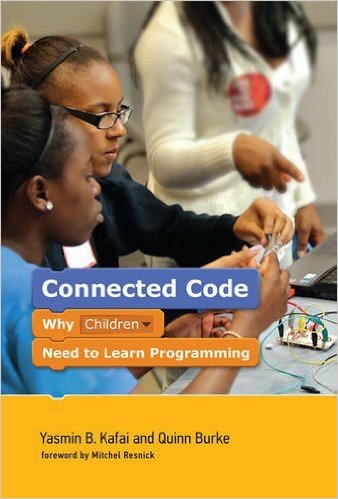- View more resources from this publisherMassachusettes Institute of Technology (MIT)
Connected code: why children need to learn programming

Coding, once considered an arcane craft practised by solitary techies, is now recognised by educators and theorists as a crucial skill, even a new literacy, for all children.
Programming is often promoted in K-12 schools as a way to encourage "computational thinking" - which has now become the umbrella term for understanding what computer science has to contribute to reasoning and communicating in an ever-increasingly digital world.
In 'Connected code', Yasmin Kafai and Quinn Burke argue that although computational thinking represents an excellent starting point, the broader conception of "computational participation" better captures the twenty-first-century reality.
Computational participation moves beyond the individual to focus on wider social networks and a DIY culture of digital "making." Kafai and Burke describe contemporary examples of computational participation:
- Students who code not for the sake of coding but to create games, stories, and animations to share
- The emergence of youth programming communities
- The practices and ethical challenges of remixing (rather than starting from scratch)
- The move beyond stationary screens to programmable toys, tools, and textiles.
Show health and safety information
Please be aware that resources have been published on the website in the form that they were originally supplied. This means that procedures reflect general practice and standards applicable at the time resources were produced and cannot be assumed to be acceptable today. Website users are fully responsible for ensuring that any activity, including practical work, which they carry out is in accordance with current regulations related to health and safety and that an appropriate risk assessment has been carried out.





